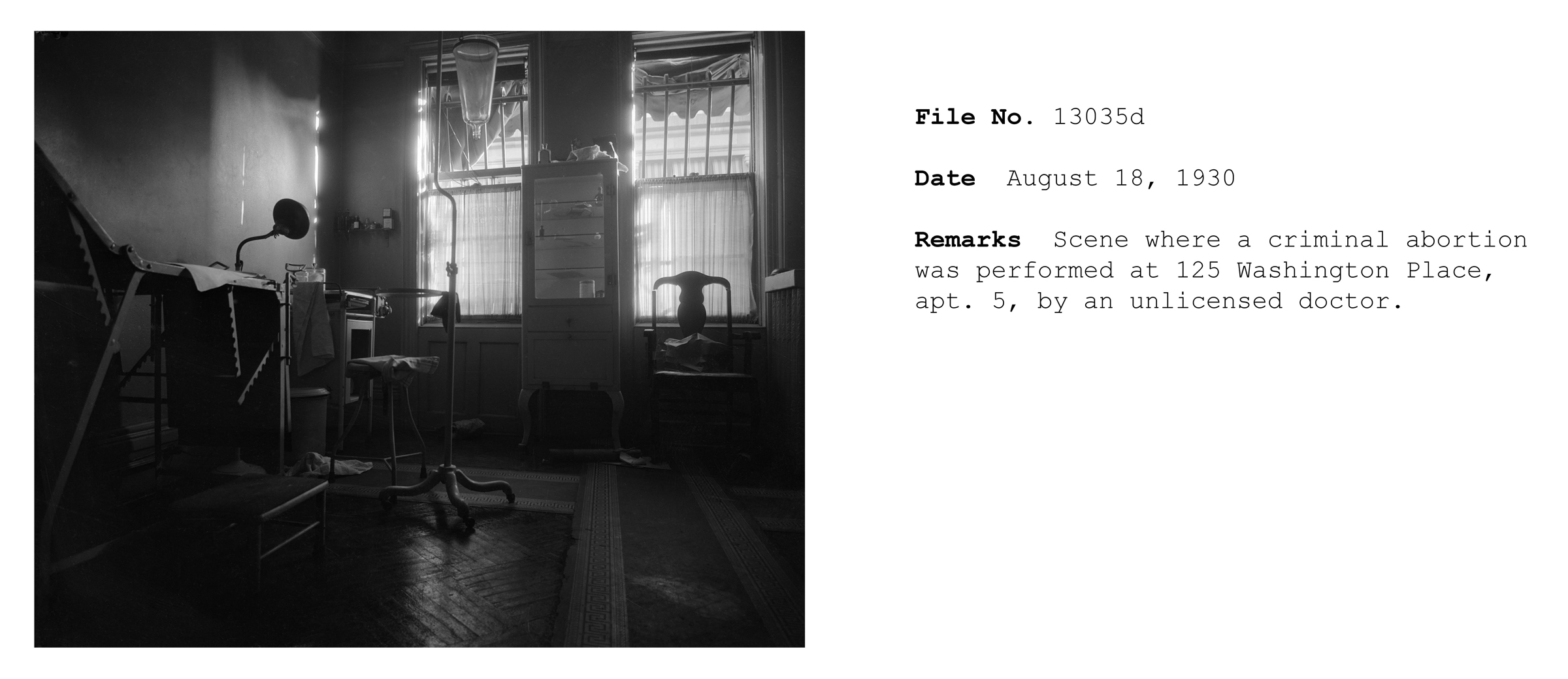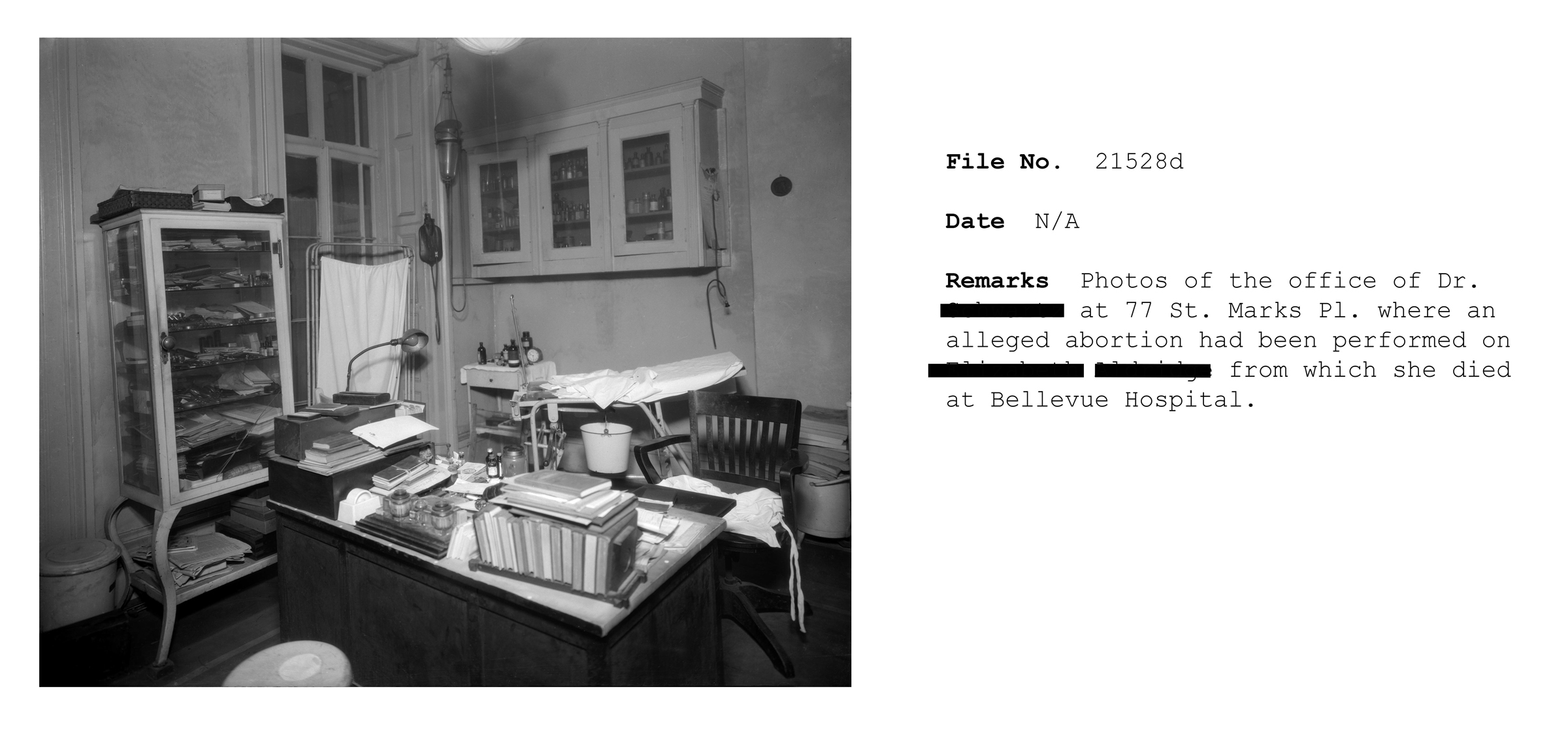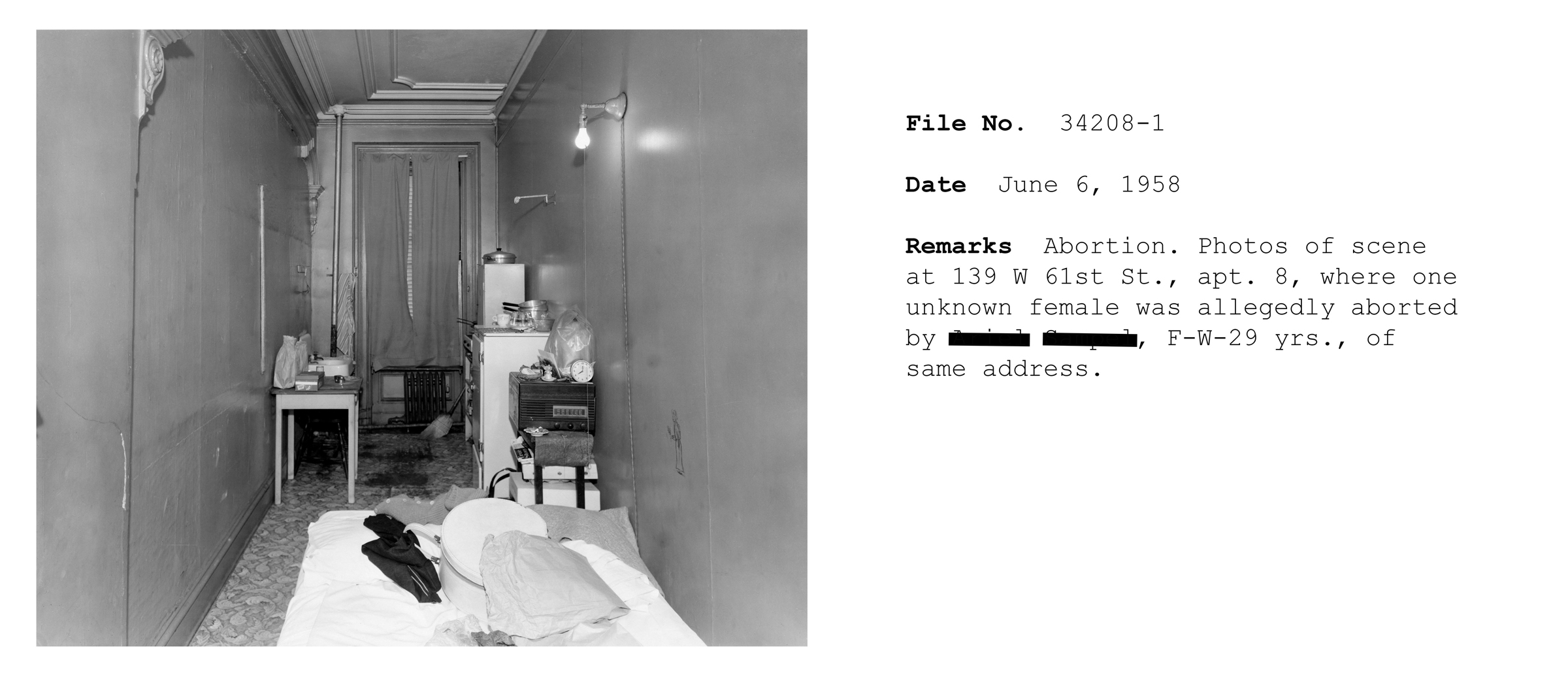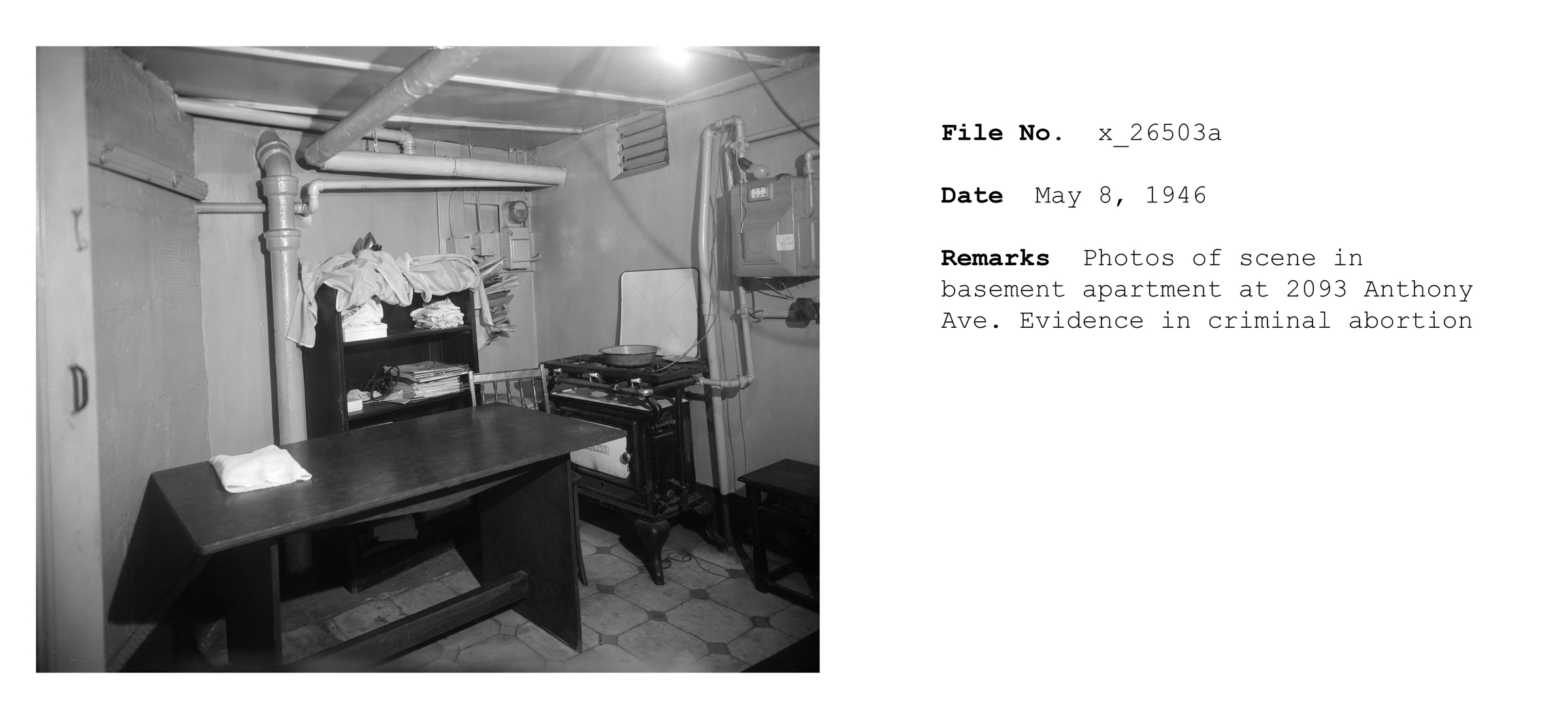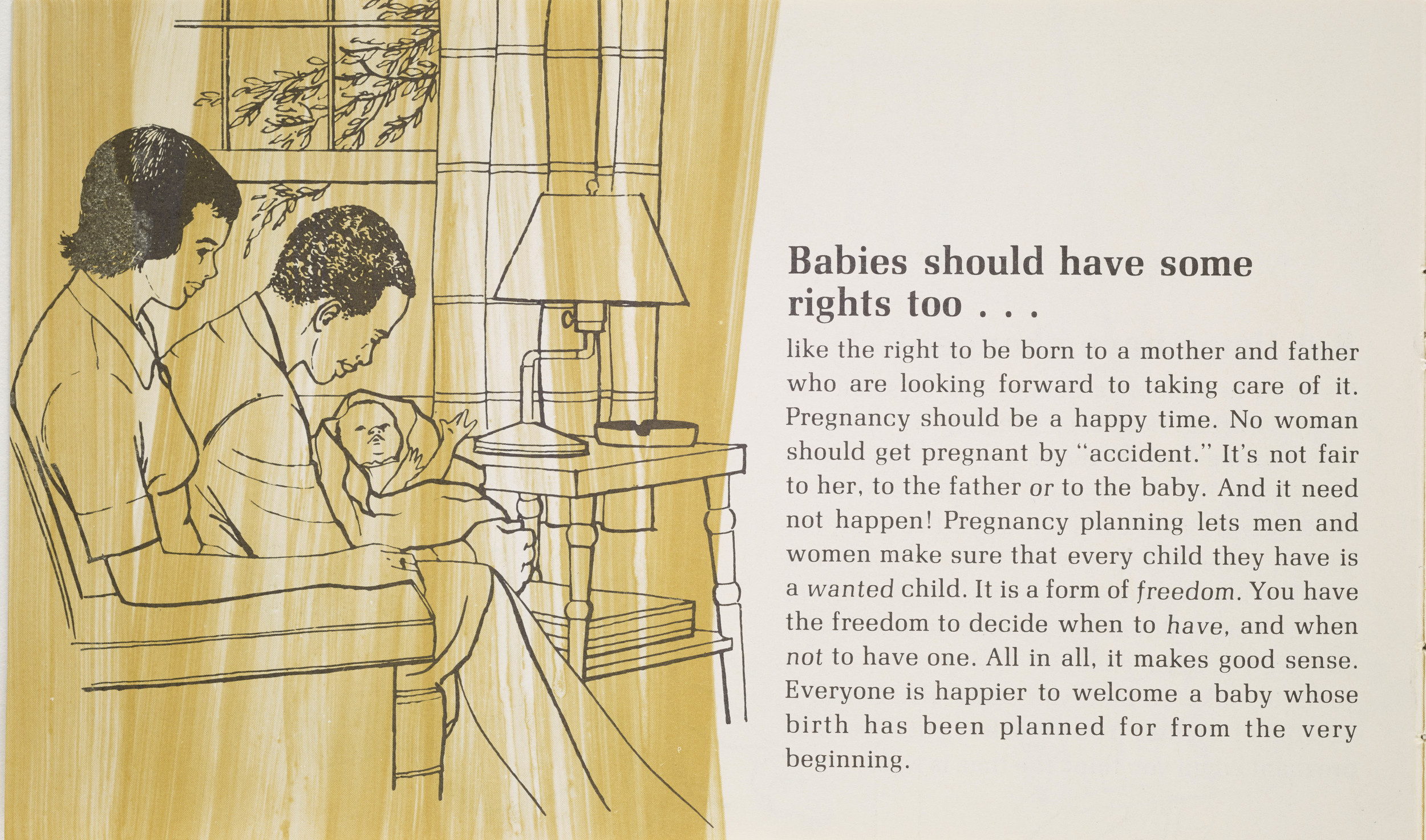Reproductive Rights
New York women have been at the forefront of women’s access to proper health care and reproductive rights for more than a century. Margaret Sanger, one of the pioneers of the birth control movement, opened the very first women’s clinic in Brownsville in 1916 which eventually became Planned Parenthood. Pivotal moments for reproductive freedom are happening every day. From Roe v. Wade (1973) to Planned Parenthood v. Casey (1992) to the Hobby Lobby decision. While Roe protected the constitutional right to have an abortion, Casey allowed states to impose restrictions that did not “unduly burden” the woman. And the Hobby Lobby decision exempts certain businesses from including contraception coverage in health plans.
The documents selected offer a look into the changes in perception and rights to access reproductive health care in New York City, over decades.
The original 1917 indictment charging Lena Motz, a Harlem-based midwife, with the crime of abortion. The detective on the case, Isabella Goodwin, was the first female detective in the N.Y.P.D.
Pages from a family planning pamphlet from the Brownsville Community Council, Inc.
Brooklyn. July, 1969.
Outreach cards, in English and Spanish, promoting local family planning services.
Harlem. Late 60s to early 70s.

